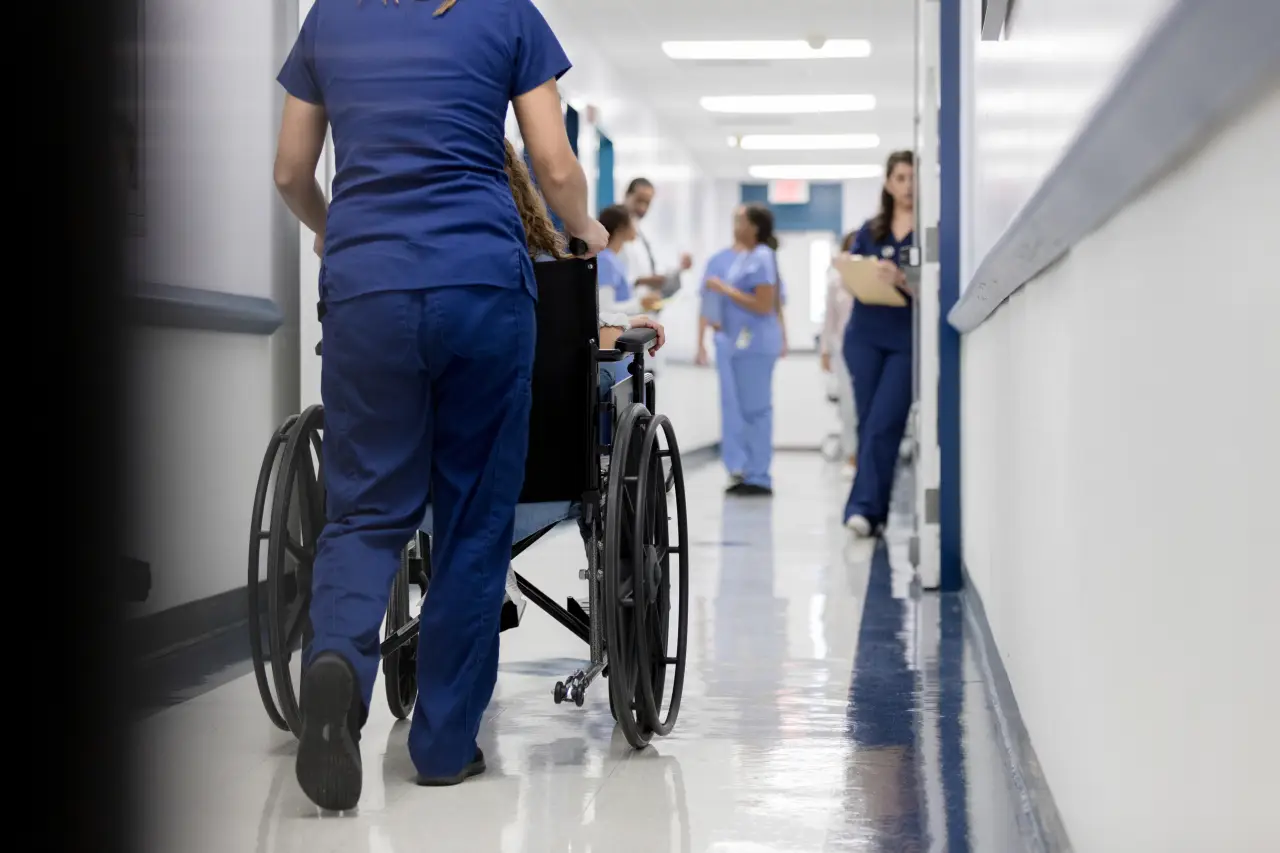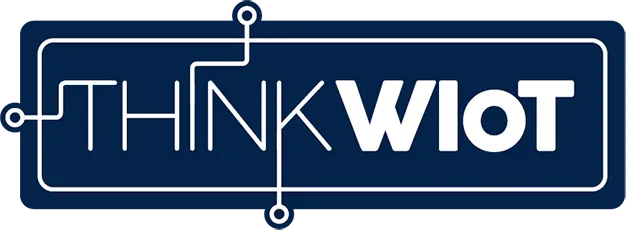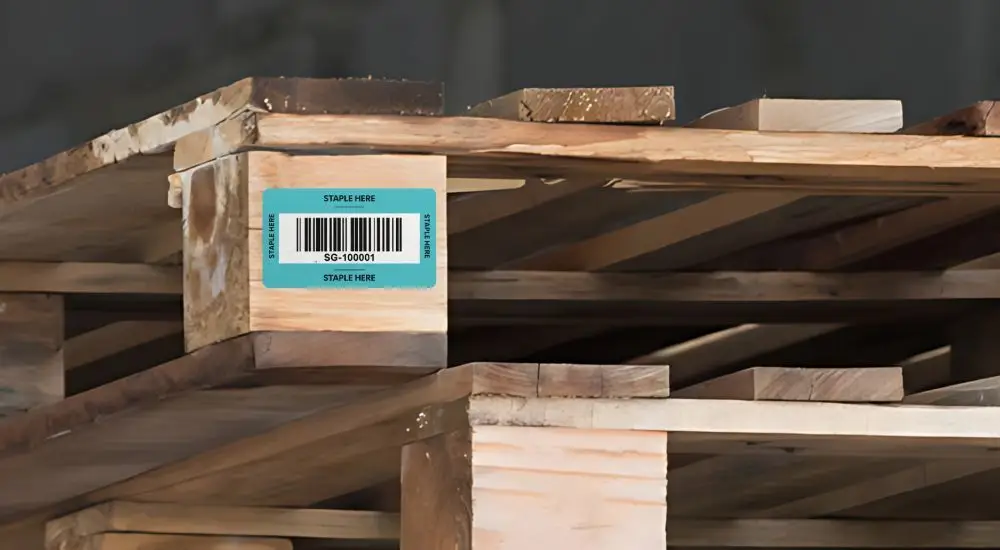Overhead configuration: Comparing A5060 and A5010 for people and asset

Fixed RAIN RFID tracking enables a broad range of applications within hospital environments. In this blog, we evaluated the performance of the A5060 and A5010 antennas in overhead configurations designed for tracking patient and staff movement. While this specific configuration testing set-up is for people tracking, it can also be used to track assets.
Why overhead RFID tracking matters in healthcare
As hospitals work to improve care delivery and operational performance, the ability to understand how patients and staff move through a facility has become a core requirement.
Understanding this will allow for staff and patient safety, better utilisation of resources, and is a scalable solution to many other healthcare challenges.
Supporting the Patient Journey
With little manual intervention, this “hands-free” tracking infrastructure supports a wide range of use cases and can improve care and coordination at every stage.
Admission: patients receive a wristband that activates location tracking throughout their visit.
Transfers: movements between departments are logged and visible to receiving teams in real time.
In-patient care: staff presence is tracked automatically. Clinical teams can review who entered which room and when.
Emergencies: patient and staff locations can be retrieved instantly to support evacuation or lockdown procedures.
Discharge: patient movement is monitored to ensure timely transitions and reduce unnecessary delays.
How overhead RFID tracking works
It is based on simple and effective architecture
RFID tags are embedded in staff badges/ lanyards or patient wristbands and carry a unique ID and other relevant information.
Overhead antennas (i.e., A5060 or A5010) and other system components are installed discreetly above ceiling tiles in entrances, hallways, or restricted areas.
As individuals move through the coverage area, the antennas detect and read their tag information.
This data can then be processed and integrated into clinical or operational dashboards, enabling real-time visibility, reporting, and alerts.
Test Setup
Configuration
We conducted tests on two of our high-gain far-field antennas, the A5060 and A5010, to see which performed better for which use case.
In this setup, both antennas are flush-mounted in two locations (as listed below) to the ceiling tile at 2.61 metres from our test height using #8 gauge/1 inch screws.
Hallway overhead read point (simulating a hospital corridor) and
Doorway overhead read point (simulating a hospital/ ward/ theatre entry way)
Read points
Hallway
The A5060 was orientated to have its 25° beam covering the access zone.
The A5010 has a symmetrical beamwidth of 68°, therefore no specific orientation was required.
Doorway
The A5060 was orientated so it’s larger 60° beamwidth was covering the access zone.
The A5010 has a symmetrical beamwidth of 68°, therefore no specific orientation was required.
Note: In real-world installations, they’re often placed discreetly behind the ceiling tile, maintaining a clean look without sacrificing read performance.
Tags
Patient tags: Wrist and ankle tags: SATO Wristband-162014251 (NXP UCODE 8)
Asset Tags: Wheelchair: OSrfid Flag Tag- 331449 (NXP UCODE 9)
Staff tags: Card/ Lanyard Tags: Generic Card Tag (Impinj Monza 4QT)
Methodology
The following tests were performed.
A Minimum Activation Power test was measured at antenna boresight to benchmark the tags in the environment.
Read Zone Coverage Test at +3dBm reader power from each tag’s minimum activation power was to inform hospital keep out zones.
Key findings
Observations
The power required for tag activation was higher for the A5010 in both environments. This was in line with our expectations due to the A5060 having a higher gain at 10.5dBiC compared to the A5010’s 8.5dBiC.
The doorway environment tests showed that for similar beamwidth antennas and similar reader power, the read zone coverage is significantly greater for the higher gain antenna, due to the increase in the tags received power.
Testing in the hallway showed the 25° beam axis of the A5060 as having a larger read zone coverage area than the A5010 with its 68° beam.
A mixture of the higher gain, non-symmetrical beam, and comparatively highly reflective environment led to an increase in signal reflection and heavy multipath reads for the A5060.
This highlights the importance of real-world testing as each environment is unique which can lead to unexpected results.
Results
For standard applications such as doorways, corridors, and general people tracking, the A5010 delivers reliable coverage with minimal setup complexity.
In environments with higher ceilings, densely tagged assets, or the need for contained read zones, the A5060 offers enhanced control and accuracy.
We know that successful deployments rely on more than just hardware. Whether you’re planning a new installation or refining an existing system, our technical team has the expertise to help you.
Read our blog for configuration set up and test data or contact our sales team for more information.






-responsive.webp)


